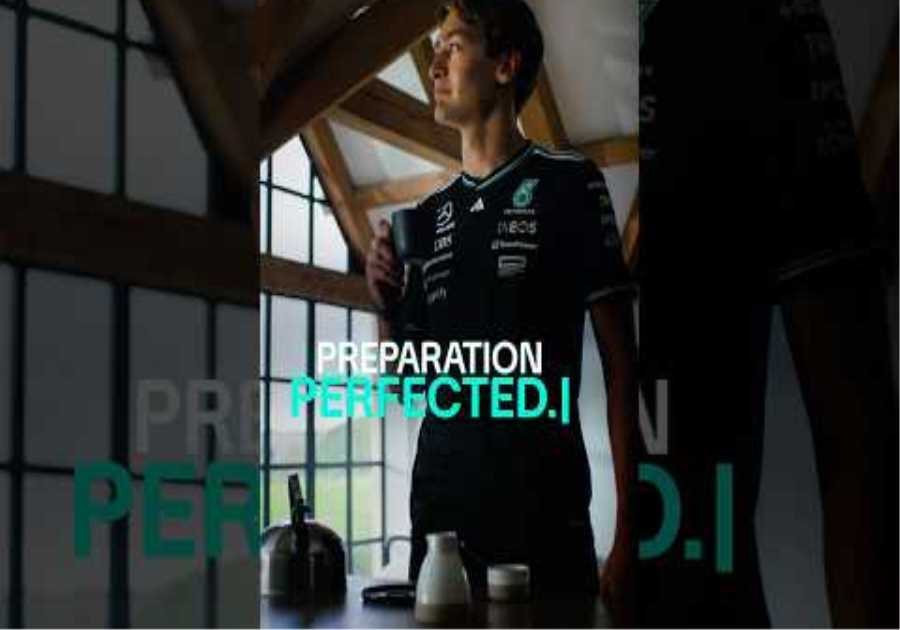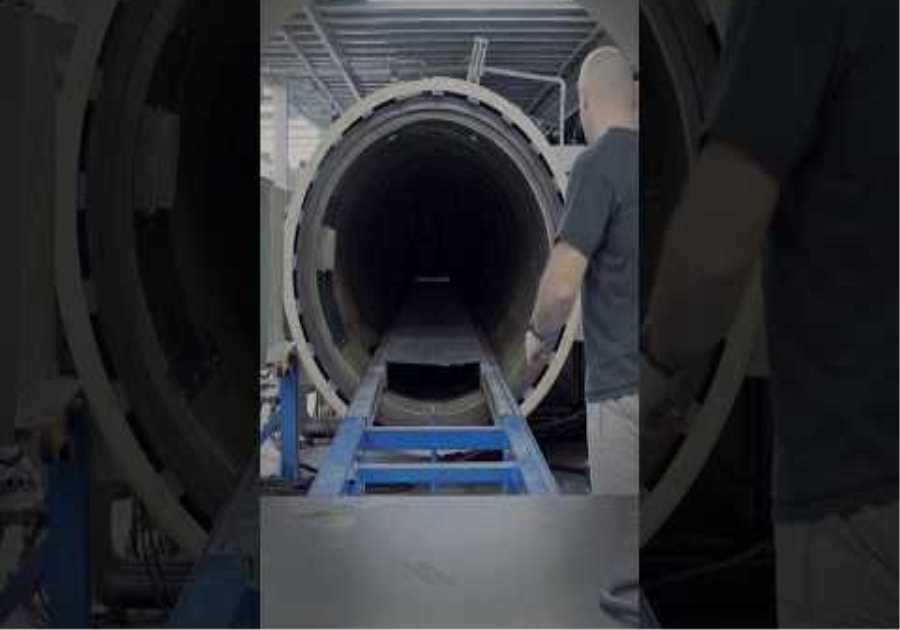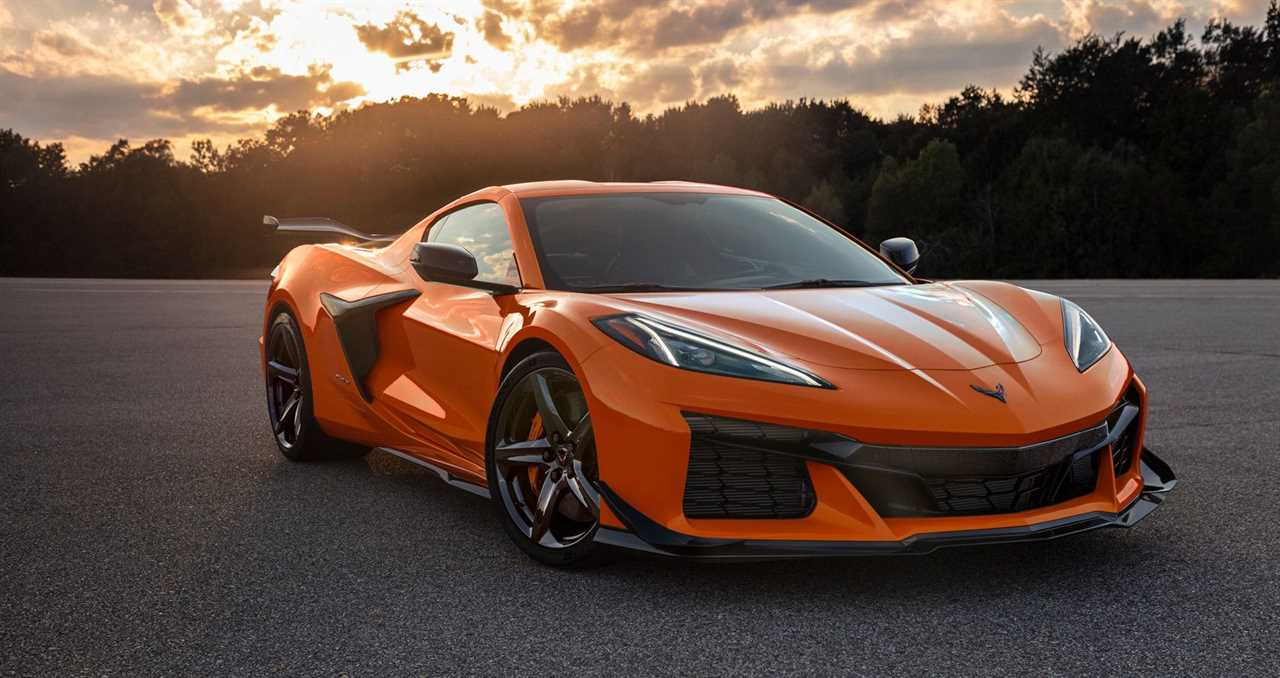
Squeezing the most performance per liter is a battle normally dominated by turbocharged engines, more power coming at the press of a few keys. However, for those that prefer a lag free power band, naturally aspirated engines still deliver the goods when tuned properly.
Aside from lag issues, naturally aspirated engines sound better, and in many cases feel better to drive too. All the greatest racing cars of the sixties and seventies made use of nothing other than atmospheric pressure to produce the biggest bang. But can a naturally aspirated engine still cut it in today’s climate? Looking back at McLaren’s F1, former outright fastest production car that still holds the record for the fastest naturally aspirated car, so yes. Internal combustion might be fighting a losing battle against cleaner cars, but they aren’t done just yet, a handful of carmakers sticking with gasoline and highly tuned naturally aspirated engines for their sports cars.
10 Gordon Murray Automotive T.50
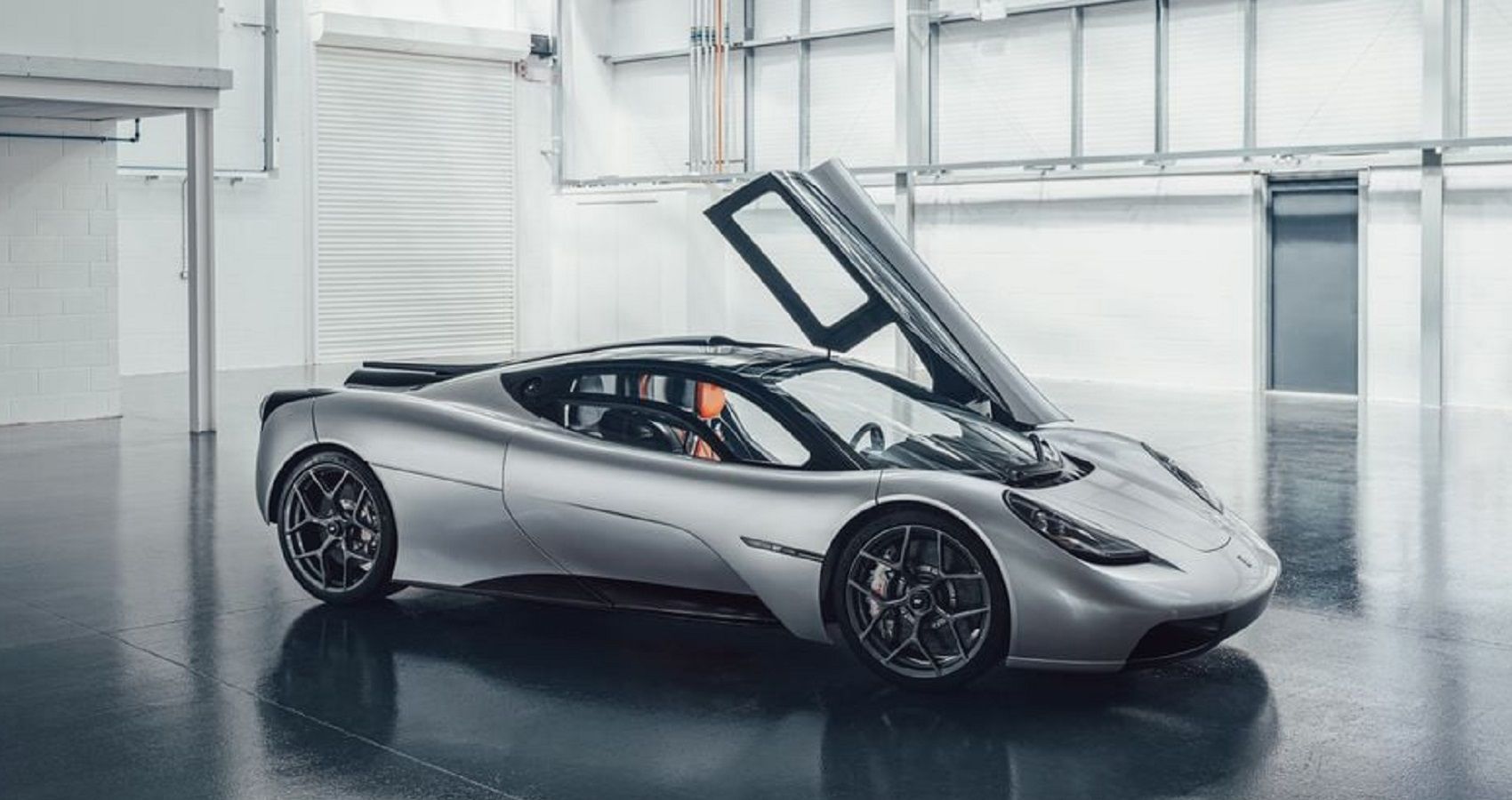
McLaren’s F1 take two? Well almost, hailing from the same creative genius, the T.50 is another V12 mid-engined hypercar pushing the limits of what’s possible with current technology. There are lots of similarities with the rare ’90s hero, however this time around, Gordon Murray opted for a custom-designed engine produced by Cosworth.

Lifting the rear deck exposes a naturally aspirated 4-liter V12 pumping out 654 hp, giving the T.50 an eye watering 163 hp per liter without resorting to hybrid motors or forced induction for extra grunt. Nail the throttle and sixty comes up in 2.8-seconds, keep it hard down and with enough space the T.50 will top 217 mph.
9 Lexus LFA
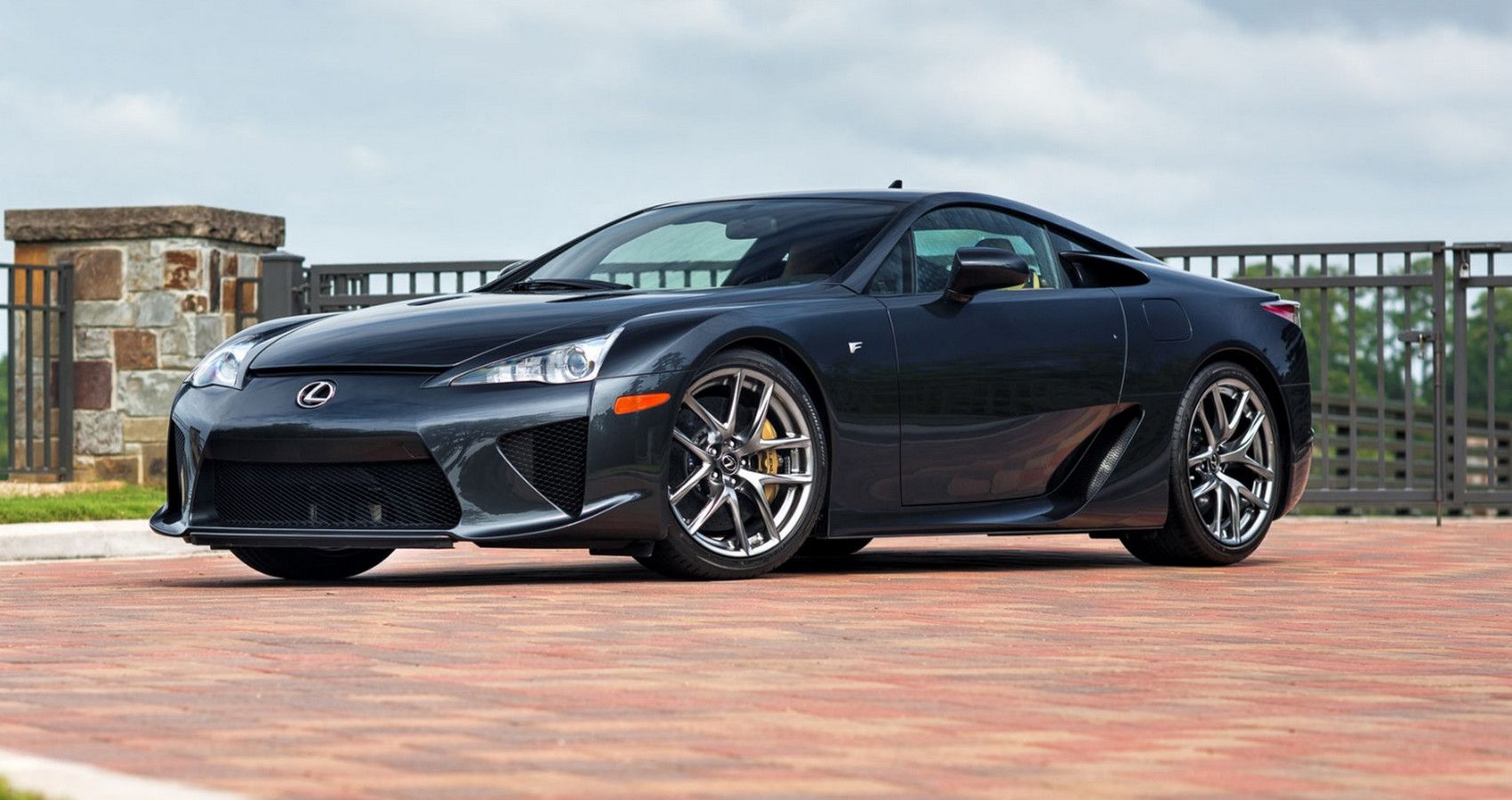
Will they or won’t they? Lexus hasn’t entirely ruled out another supercar project, the LFA from 2011 showcased not only a highly capable world beating two-seater supercar, but the Japanese also know a thing or two about engines. Peeking under the hood of the LFA reveals a vocal 4.8-liter naturally aspirated V10 putting out 562 hp or 117 hp per liter in Nürburgring guise.
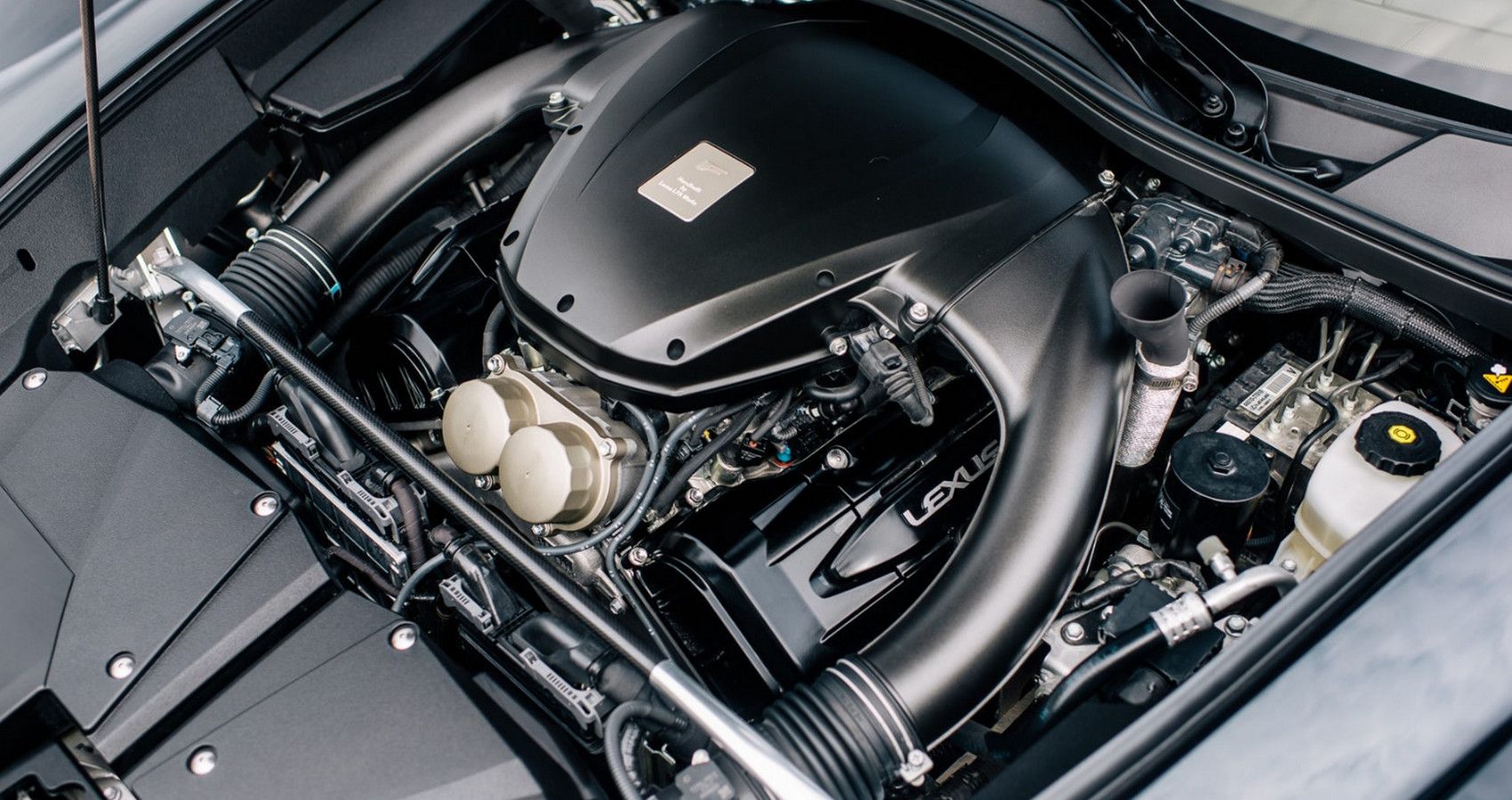
Married to a slick six-speed automatic resulted in a drag to sixty in 3.5 seconds with a top speed over 200 mph, by no means the fastest on paper but around a track the LFA was a more than a match for its rivals.
8th Porsche 918 Spyder

Boasting 887 hp, the Porsche 918 Spyder is one of the most powerful production cars ever and could reach sixty in 2.2 seconds and continue on to a top speed of 218 mph, thanks to a welcome boost provided by two electric motors.
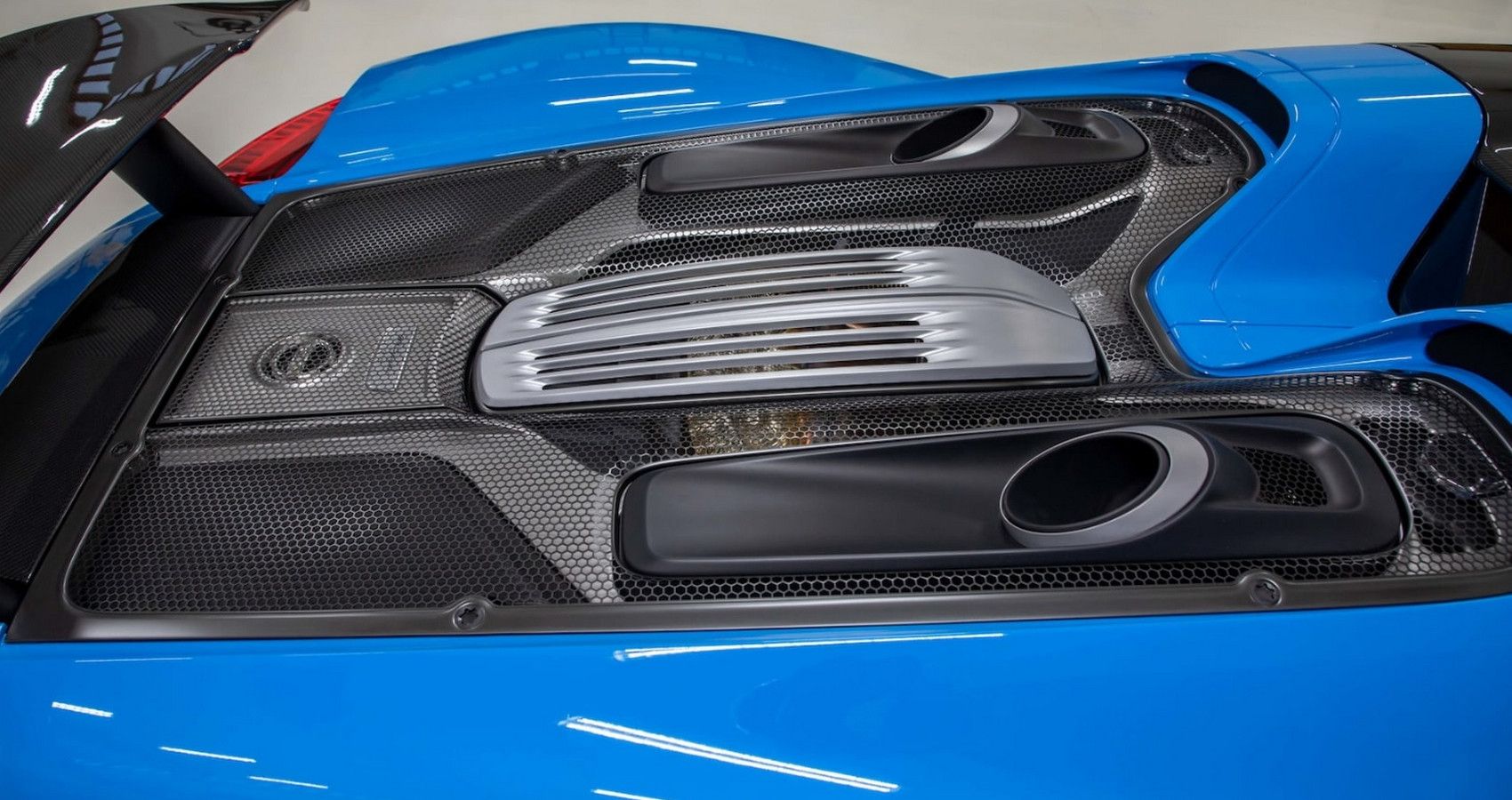
Theoretically canning the electric motors, the Porsche 918 under internal combustion power alone is no slouch, decked out with a fearsome 599 hp 4.6-liter naturally aspirated V8 equating to 130 Germanic horses per liter, easily on par with non-hybrids and besting most, if not all, other production car engines.
7 TVR Speed 12
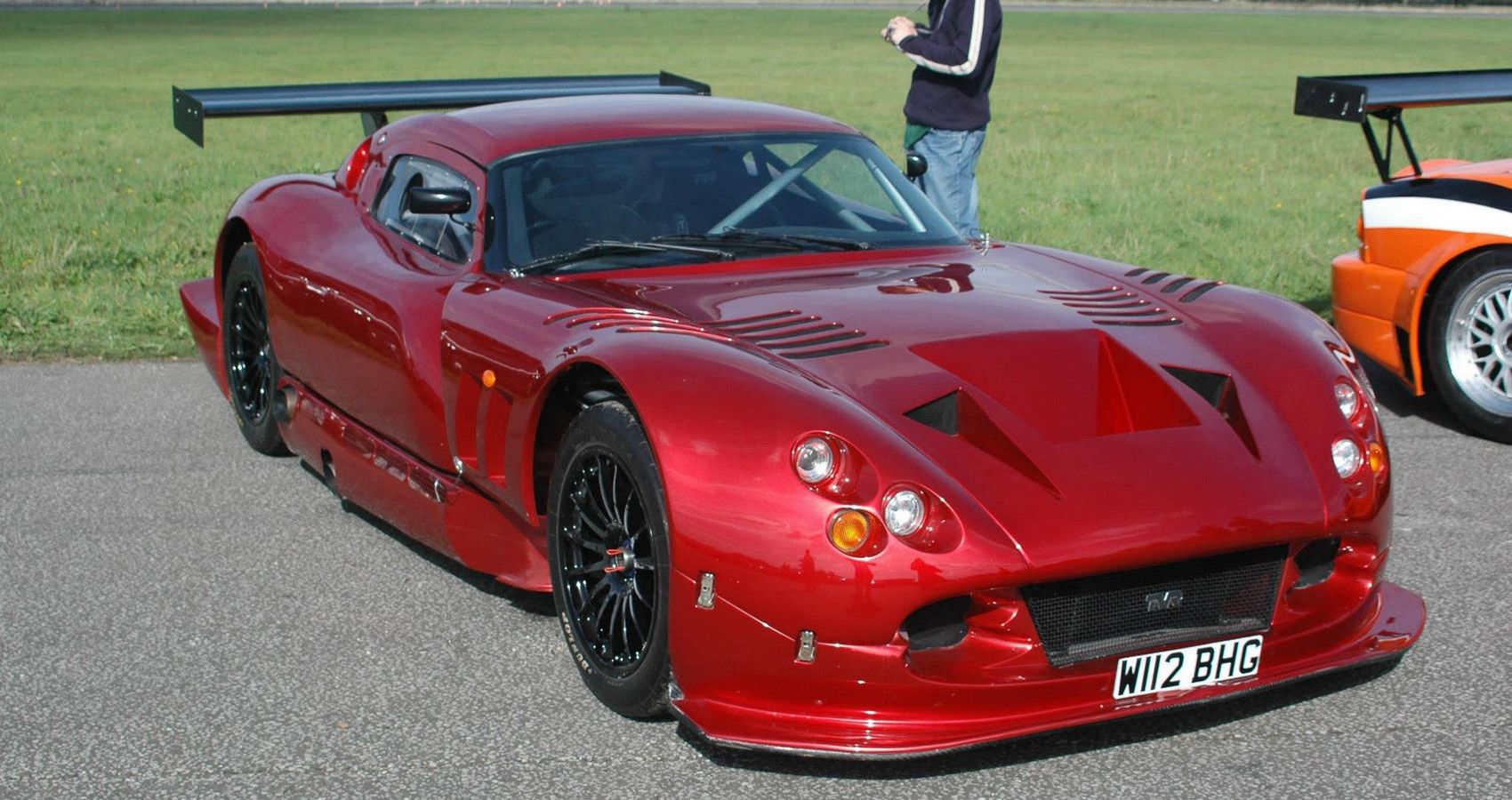
In a little known factory on the outskirts of Blackpool, TVR for decades built some of the barmiest road going sports cars’ money could buy, using simple tubular chassis, big engines and outrageous glass fiber bodywork. For owner Peter Wheeler, this wasn’t enough, so he commissioned the Project 7/12, loosely based on the Cerbera.
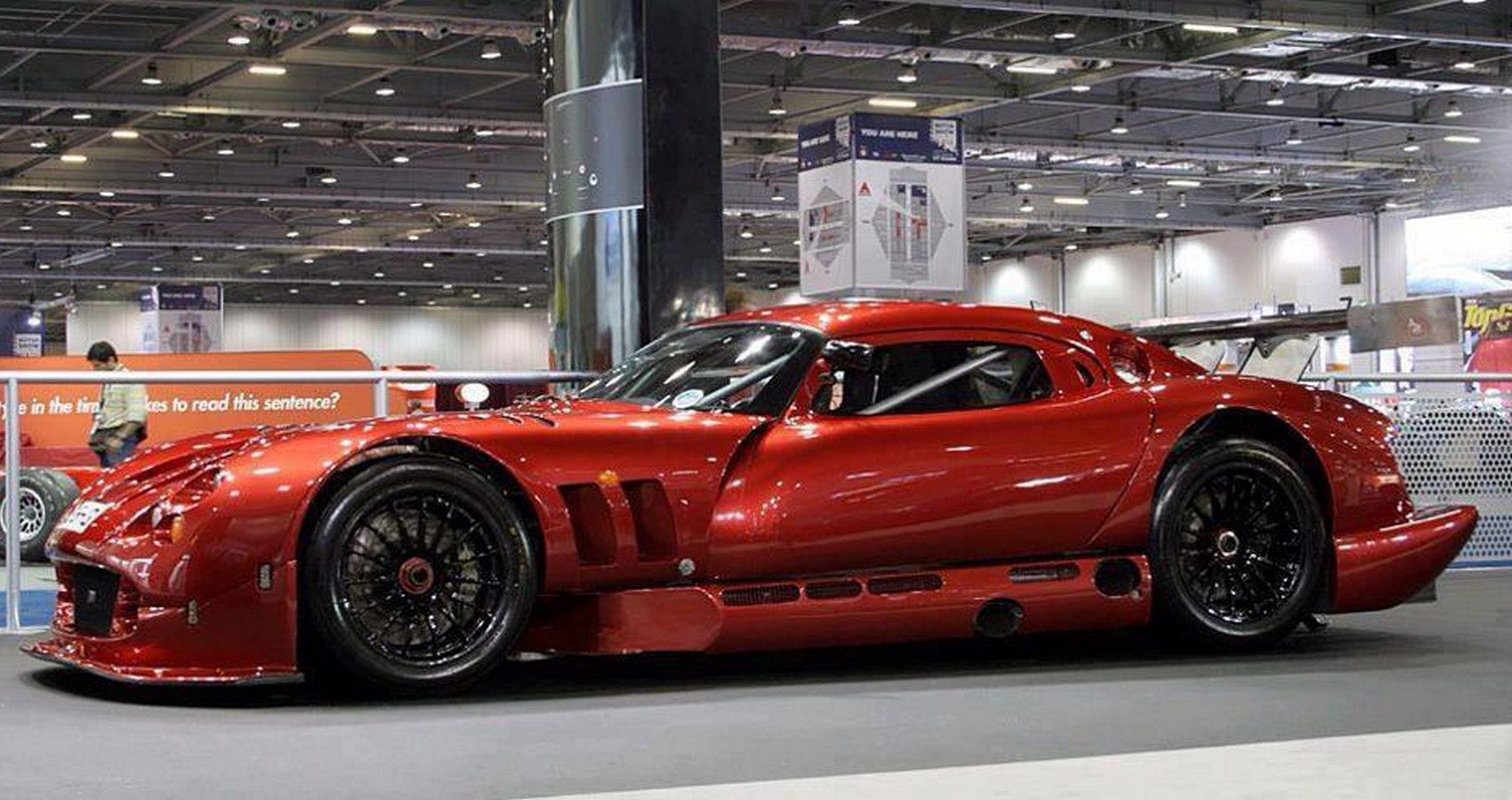
Loosely covers a lot of bases, the Cerbera was given a heavily revised body adorned with vents, grilles, and wings, hinting at what lays beneath the hood. In place of the usual straight-six and V8 engines, TVR shoehorned in a 7.73 liter V12 pumping out “800 hp”. In reality, the official internal numbers were much closer to 1000 hp, the Speed 12 boasting 129 hp per liter.
6 Lamborghini Huracan Evo

For the time being, Lamborghini is sticking to its guns, the Huracán remaining with a tried and tested 5.2-liter V10. In the Evo, it pumps out 631 hp, giving the “entry level” raging bull a 121 hp per liter output.
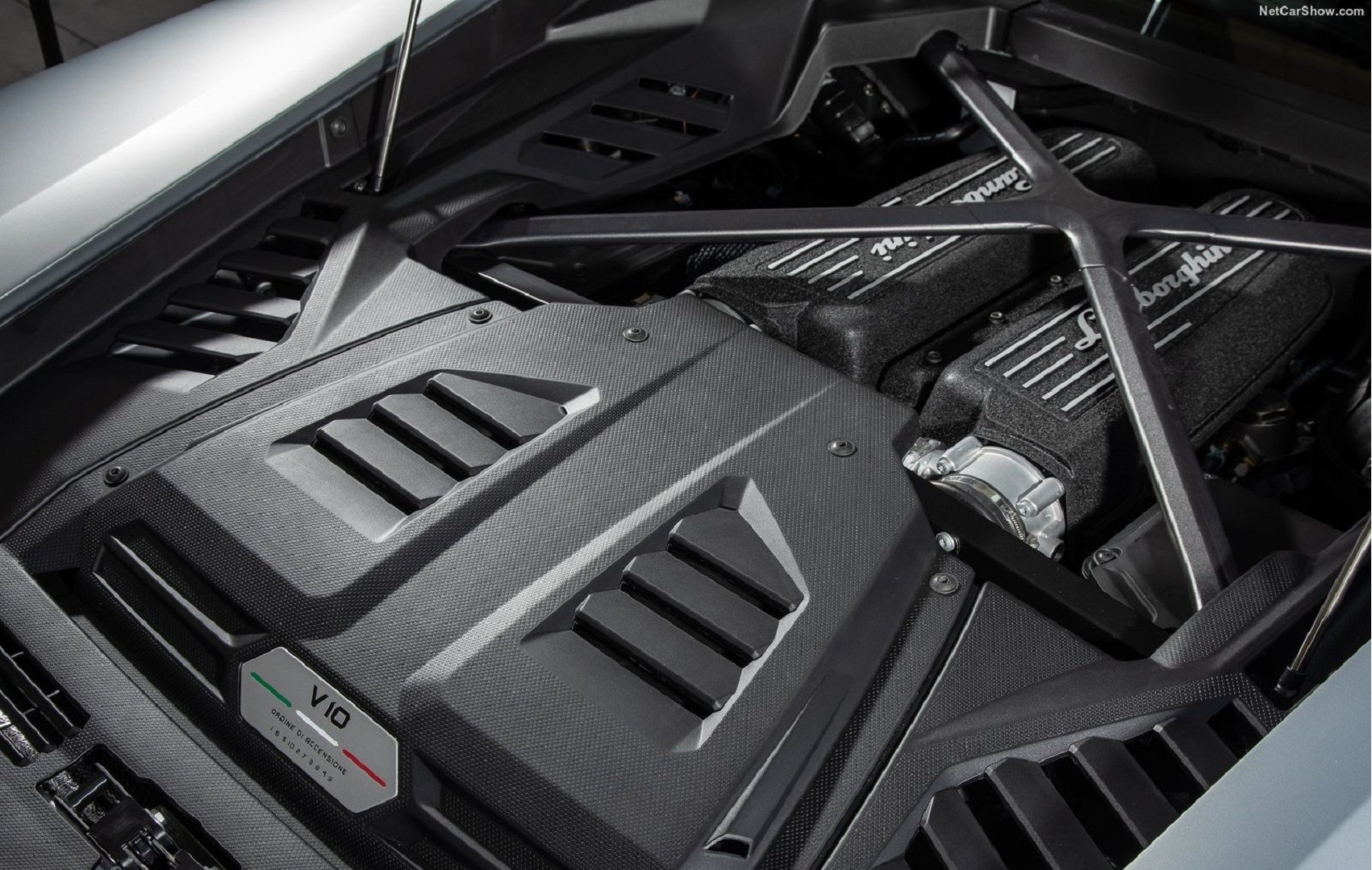
Chose wisely, as not every Huracán has the same specific power output, Spyder variants often slightly detuned, RWD only cars making up for small losses of power with less weight. Although both the Huracán and Audi’s R8 V10 share a common engine design, it’s the Italian that steals the show on both power and performance.
5 Chevrolet C8 Corvette Z06
.jpg)
You’ll need to take our word on this one, Chevrolet’s move to a mid-engined layout for their eighth generation Corvette makes viewing one of the greatest V8 engines ever made tricky at best, crammed behind the cockpit and dressed in acres of plastic trim . However, unlike the Stingray, the Z06 uses a smaller 5.5-liter V8, but one that punches out 670 hp.
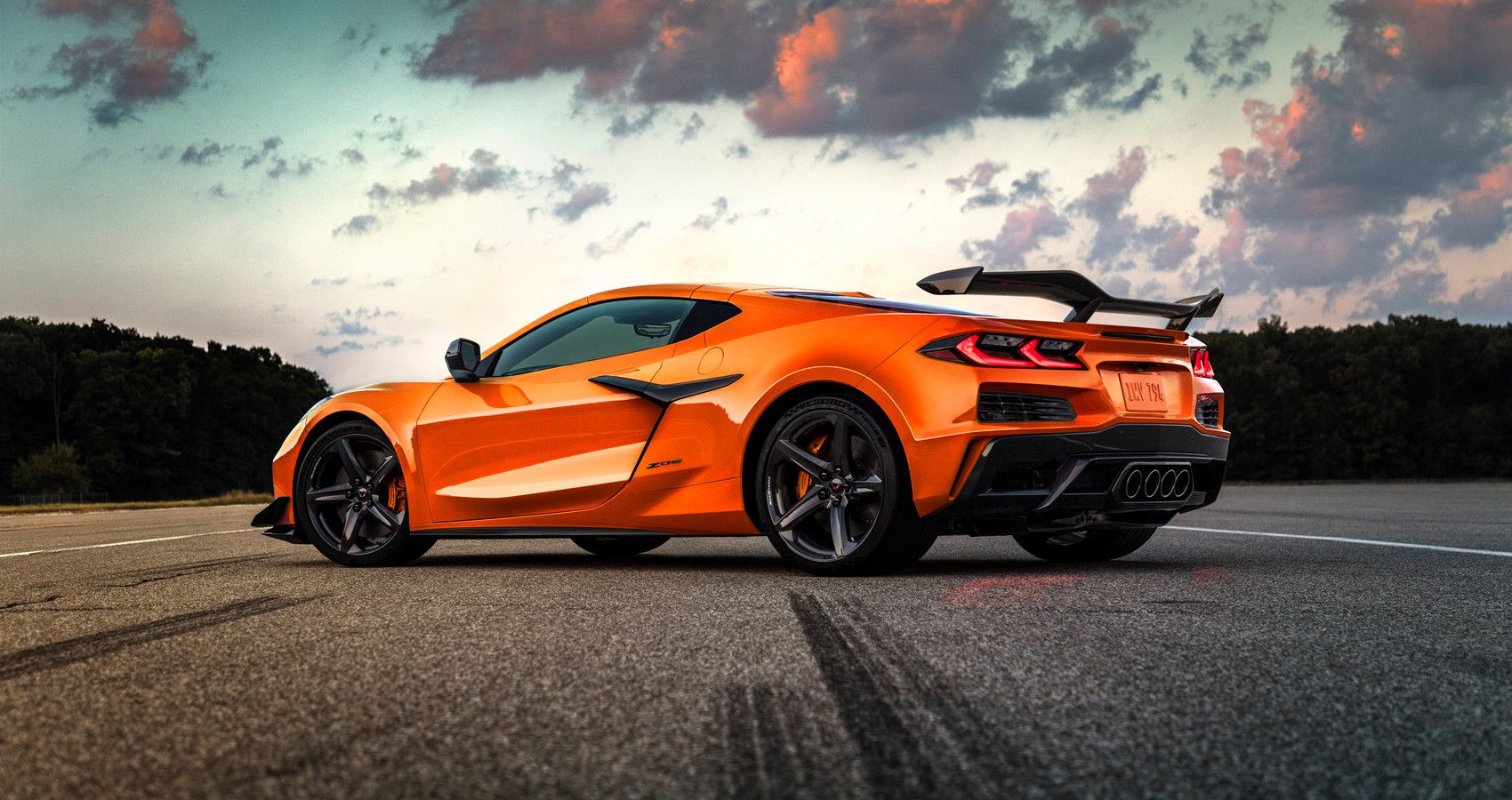
Less, in this case, is definitely more, boasting an impressive 121 hp per liter, the Z06 storms to sixty in 2.6-seconds, charging towards the horizon with a v-max of 186 mph. Subtle it isn’t, but then that’s exactly how we like our Vettes – loud and proud.
4 Ferrari Daytona SP3
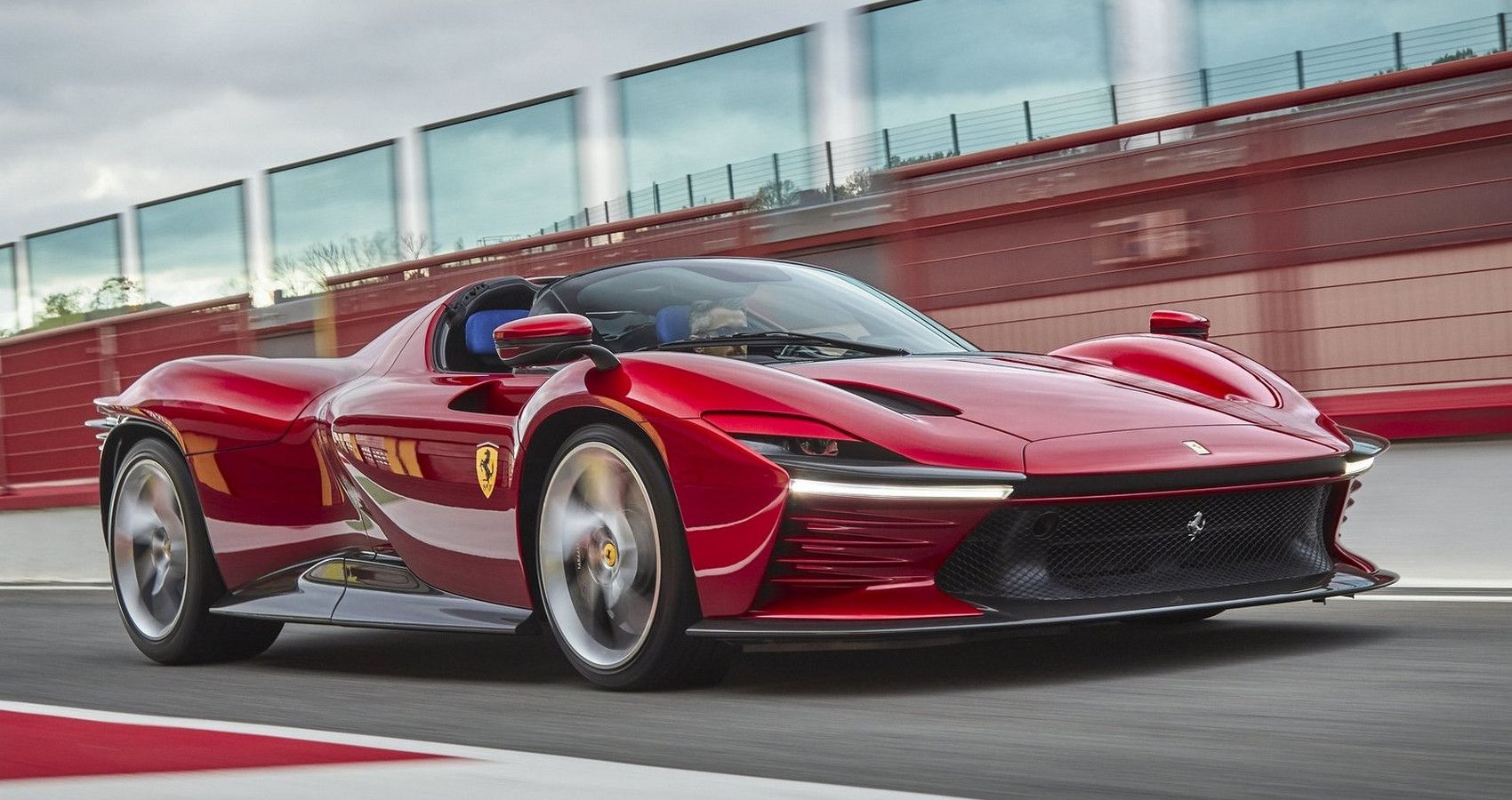
Special doesn’t quite do Ferrari’s Daytona SP3 justice, returning to naturally aspirated power units for a limited run supercar that promises a sub three second dash to sixty with a top speed of 211 mph. Until Ferrari puts the SP3 around Fiorano, the SF90 remains the fastest Ferrari road car.
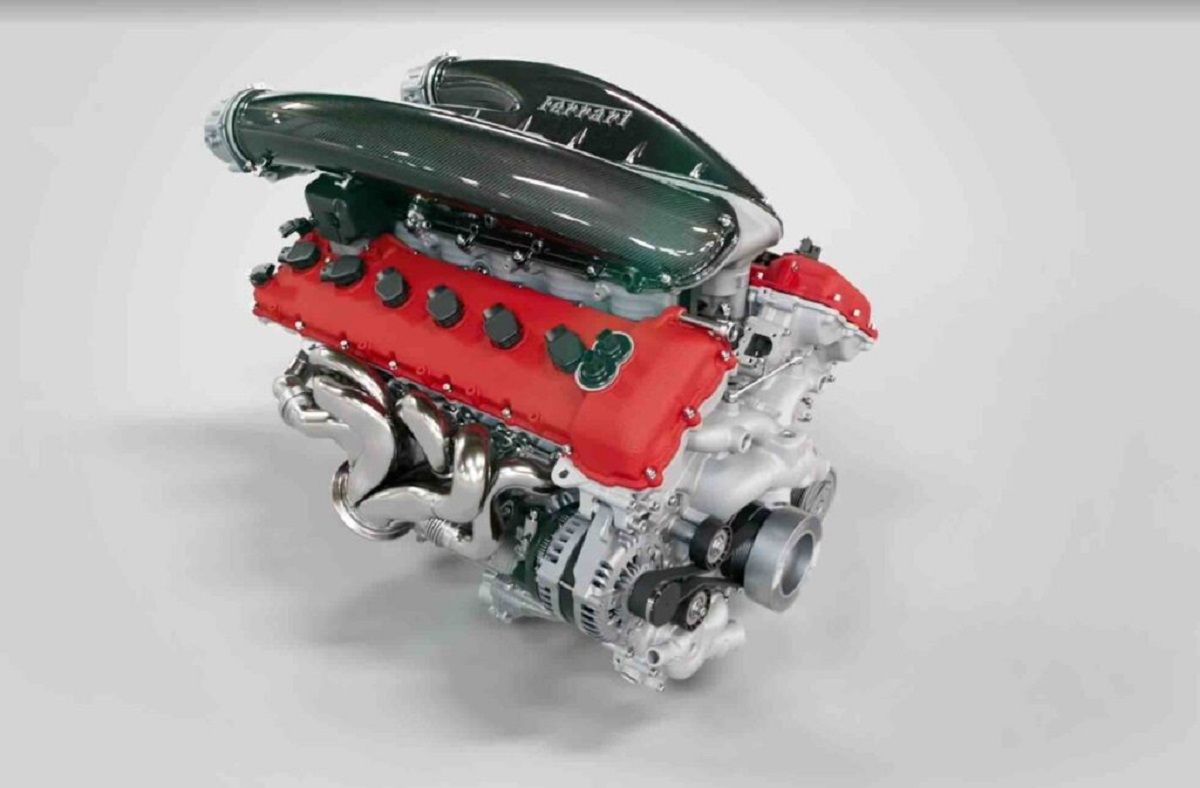
Powered by a 6.5-liter variant of the brand’s Tipo F140 HC 6.5-liter V12, likely to be Ferrari’s last V12 engined road car, moving to smaller displacement and cylinder counts and turbocharging. Going out with a bang, the SP3 boasts 840 hp, or 129 hp per liter.
3 Pagani Huarya R
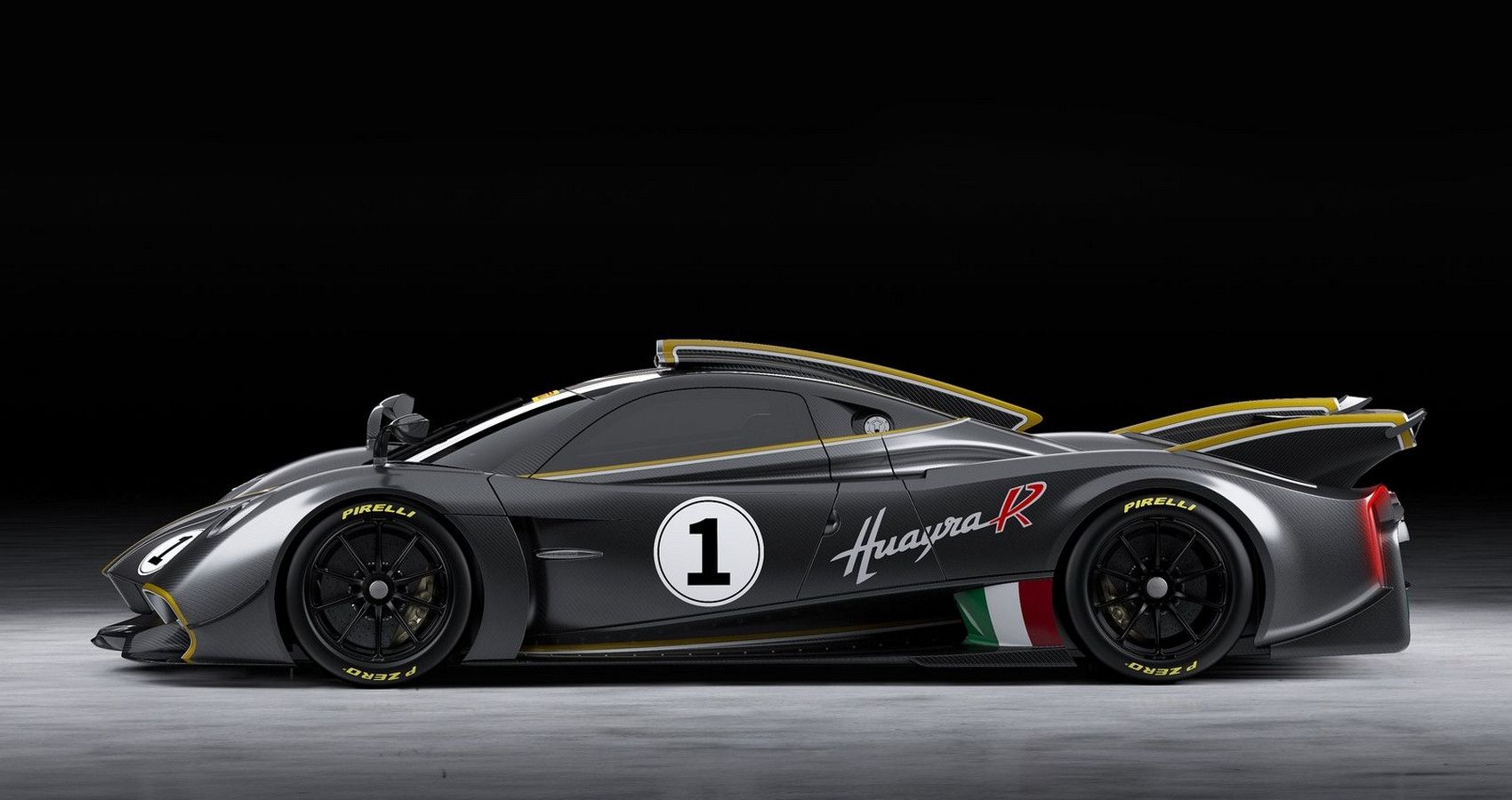
Unintentionally mimicking V12-powered F1 cars of yesteryear, Pagani’s track-only Huarya R emits a high-revving scream capable of sending shivers down your spine. At its core, still a Mercedes-AMG-sourced engine, only shorn of its turbochargers and dropped a few notches to 6 liters.
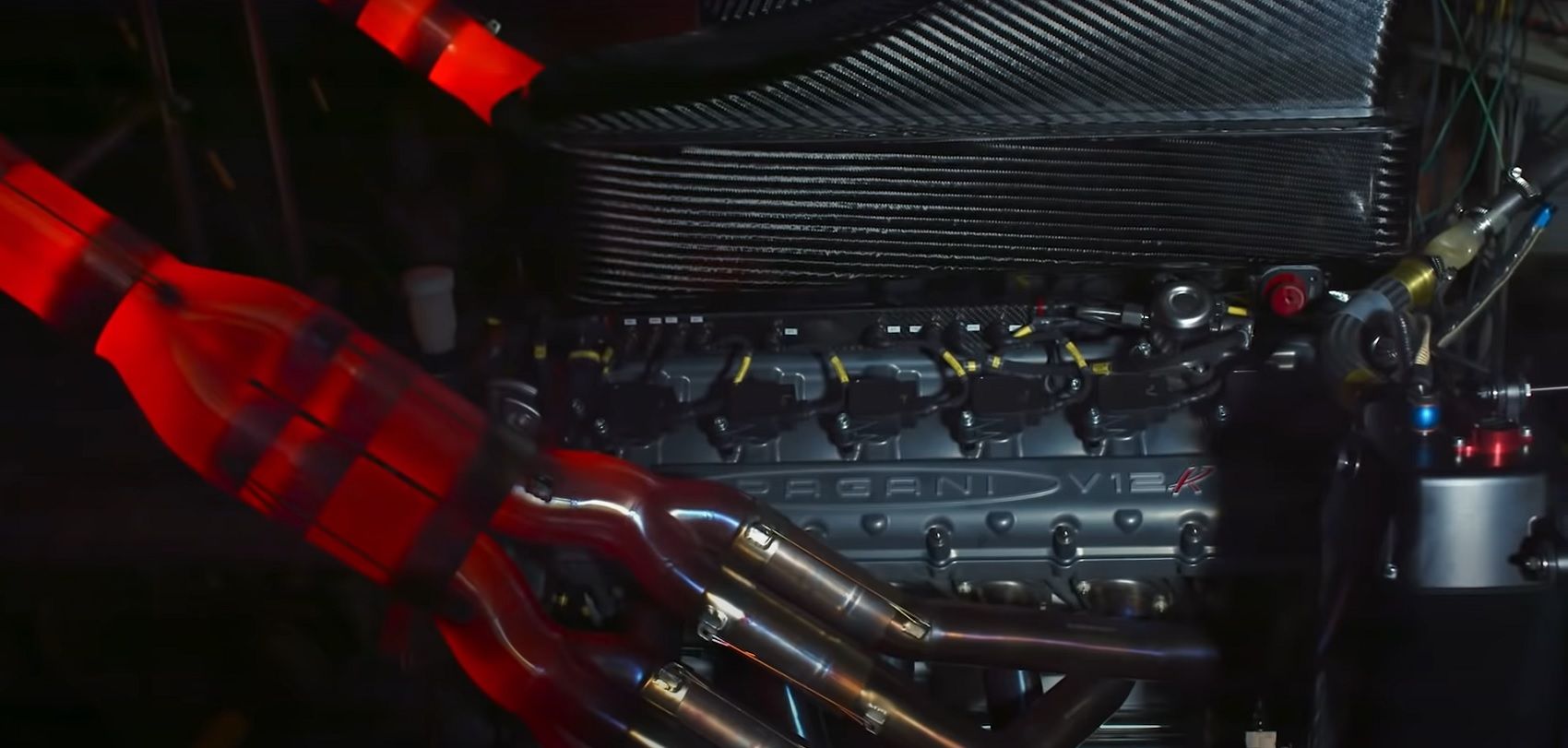
A smaller displacement permits the Huarya to rev harder, delivering its peak 838 hp at 8250 rpm, making the Pagani not only the highest specific output per liter with 139 hp, but also the most powerful naturally aspirated car currently on sale. Of course, the true mark of any supercar is how fast, here the Huarya doesn’t disappoint, with a top speed of 240 mph.
2 Brabham BT62
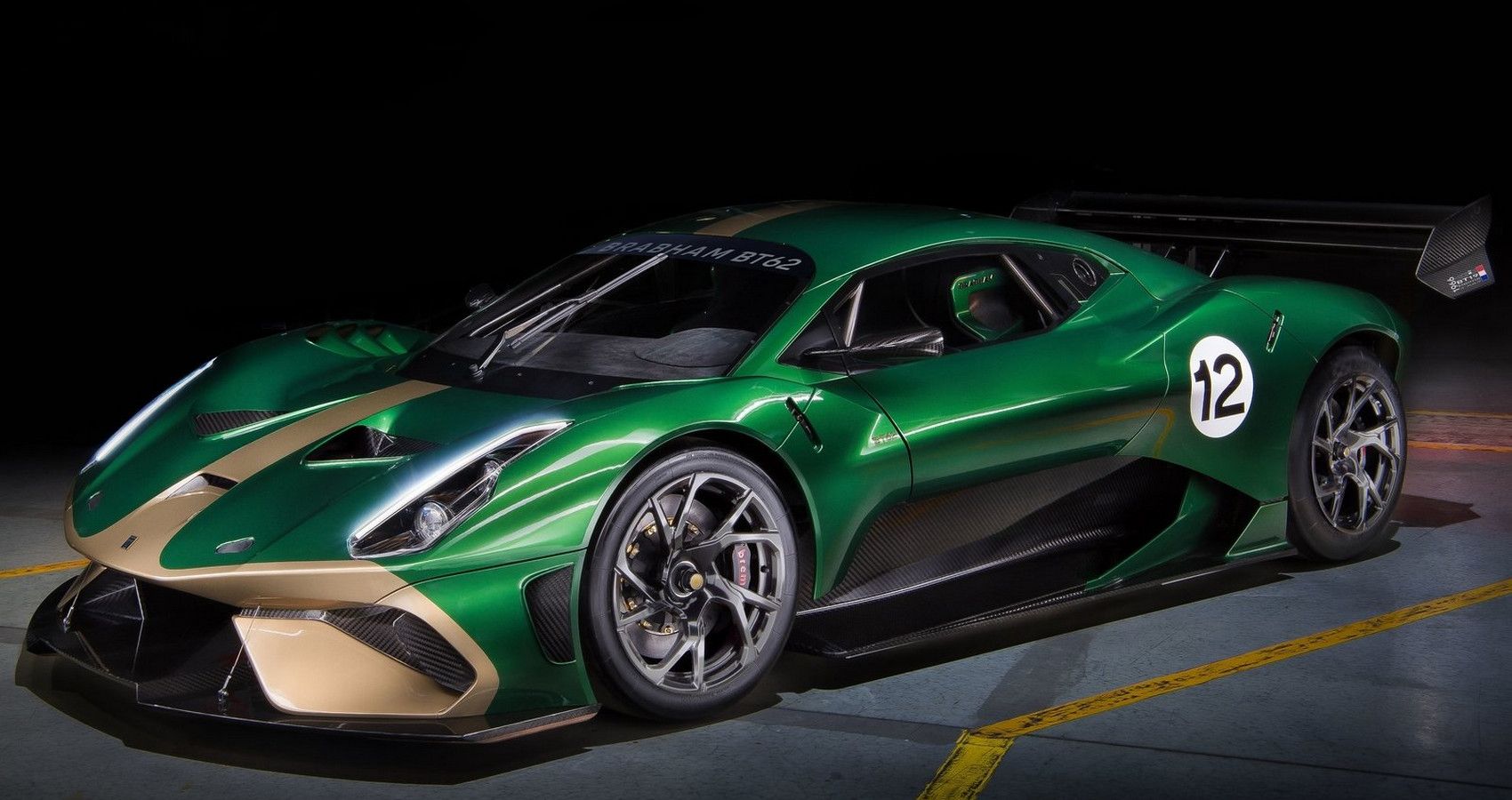
Built exclusively for the track, the Australian built Brabham BT62 makes good on its performance aspiration thanks to a Ford Modular 5.4-liter V8 dishing up 700 hp, placing the BT62 amidst the most powerful cars’ money can buy.
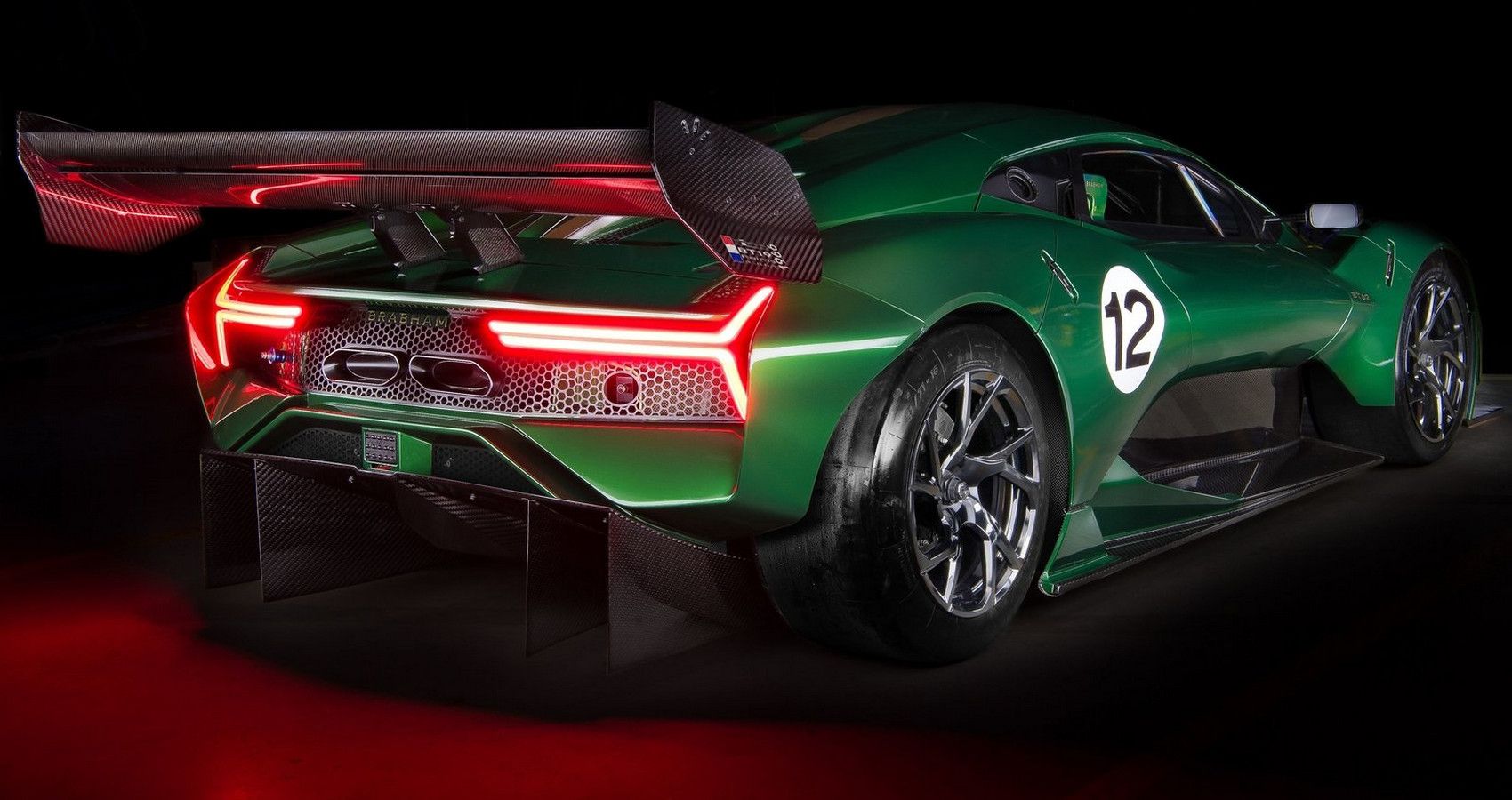
Built in low numbers to commemorate Brabham’s racing pedigree, just 70 examples were planned from 2018 with a cool $1.8 million asking price. Is the BT63 worth its asking price? Without a shadow of a doubt, yes, with 129 hp per liter on tap, the BT62 can reach speeds of over 200 mph.
1 Honda S2000
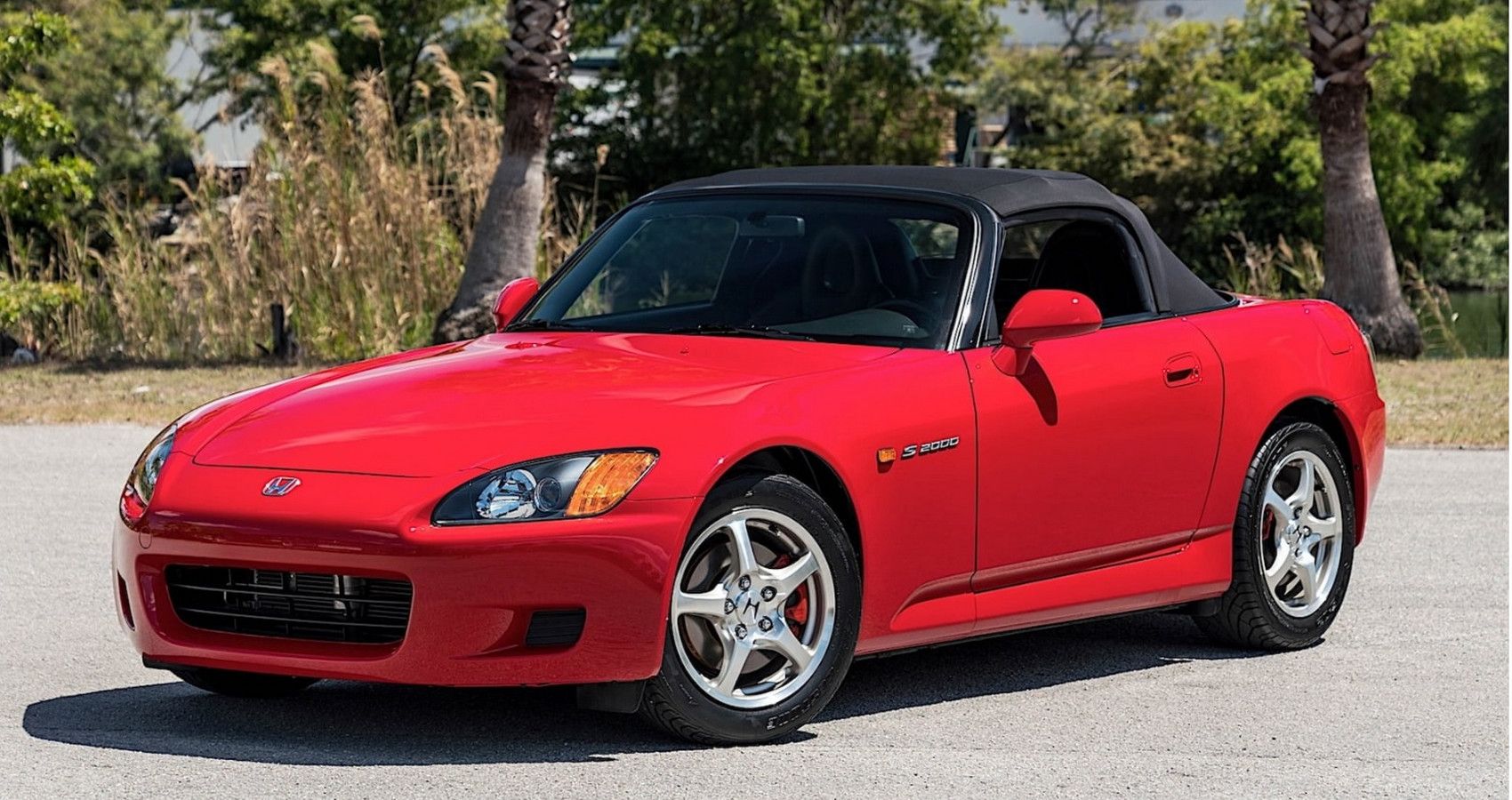
Surely, the S2000 cannot mix it up in this company of supercar royalty for the most power per liter? Actually, despite the tiny 2-liter four-cylinder engines, yes it can. Pushing out 247 hp at a lofty 8,300 rpm, the S2000 boasted a 124 hp per liter figure, and that stands up well against even the most expensive and technologically advanced cars of today.

At its launch, the S2000 went down a storm, it wasn’t the fastest, but in terms of thrills, the high-revving naturally aspirated VTEC lump produced a banshee-like exhaust note that accompanied its spine tingling power delivery. Honda in one fell swoop changed affordable sports cars for good.
10 Cool V8-Powered Cars You Can Still Buy For Less Than $15,000
readnext
About The Author
Jason Garbutt
(493 Articles Published)
Raised in a car-obsessed environment from an early age ensured a keen interest in anything car-related. first and foremost an F1 fan, but also an avid follower of other motorsports. Professional background working closely with a well established UK based Supercar manufacturer in recent years.
More From Jason Garbutt
Did you miss our previous article...
https://formulaone.news/mclaren/watch-charles-leclerc-lando-norris-amp-alex-albon-up-the-ante-beyond-the-f1-track





